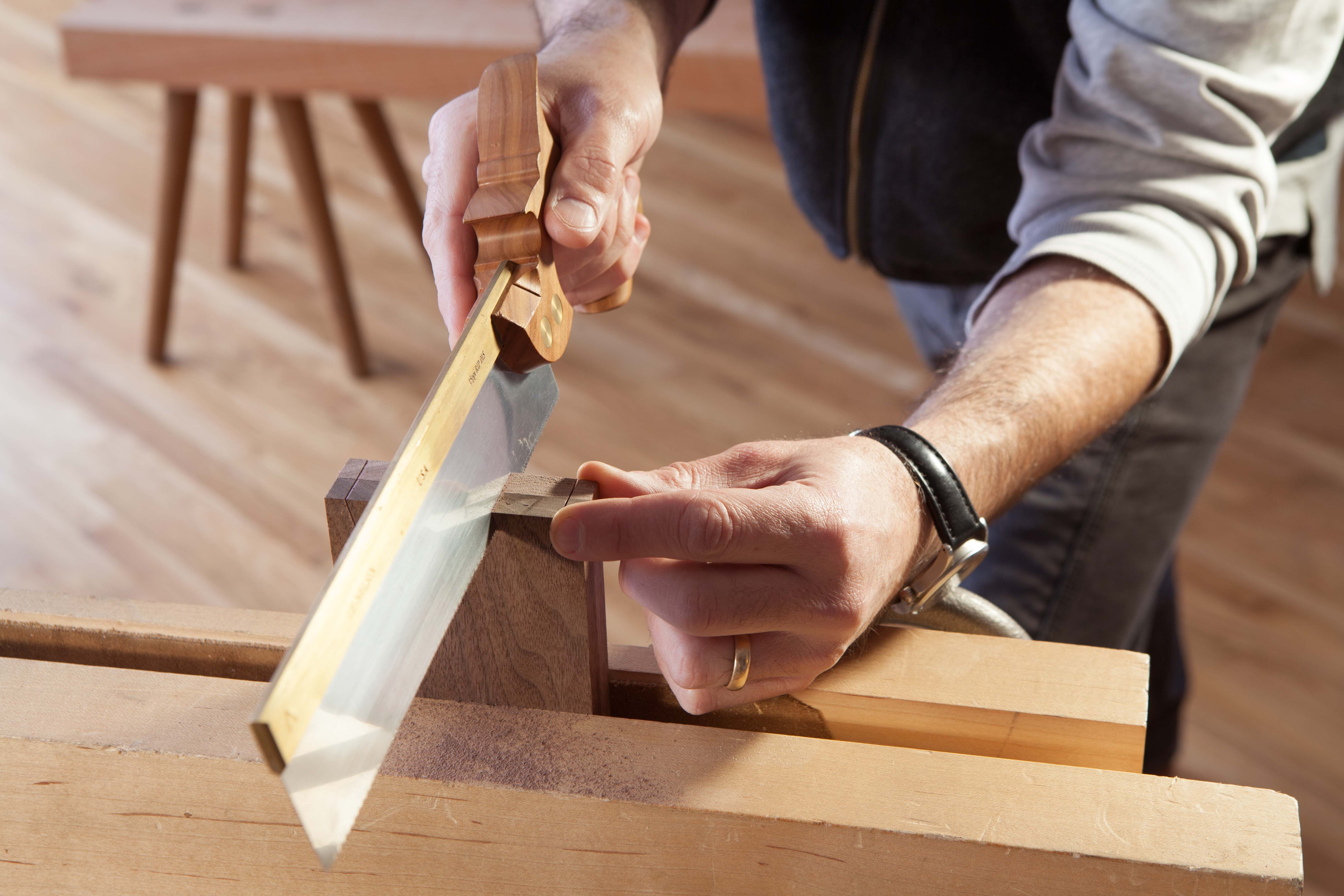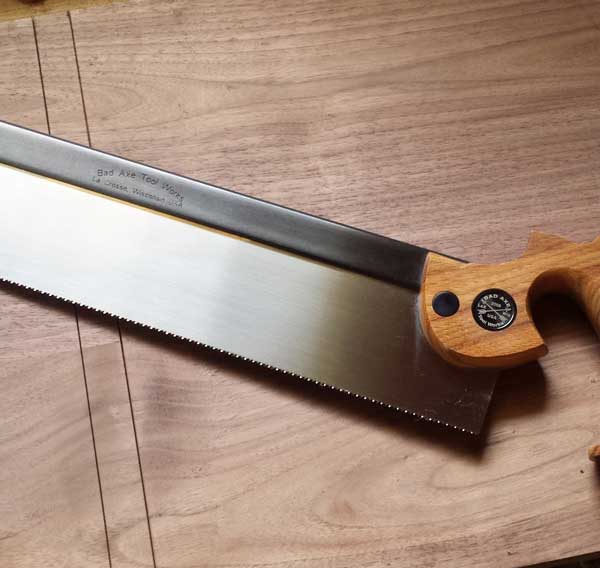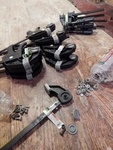We may receive a commission when you use our affiliate links. However, this does not impact our recommendations.
First, let me say that I am guilty of the behavior that I am discussing below. When I reviewed tools for Popular Woodworking Magazine for 20 years, I fell into the trap I’m about to describe. After decades of woodworking, I have achieved a bit of wisdom. And I think this entry is some of it.
Here we go.
Reviews of new cars are generally crap. Most new cars drive OK. They smell nice. Everything is tight. They do not catch fire. What is more important to me is how the car performs after five or 10 years. Is it built for the long run?
I feel the same way about saws and reviews (some of which I’ve written) of saws. A new saw is typically really sharp and will cut just fine. And that’s what reviewers focus on with great lines such as:
- It tracks a line like a bulldog.
- It flies through maple like butter
- It floats through the wood and produces glimmering sawn surfaces – and cured my baldness
What these reviews actually describe is the ability of the factory to sharpen and set a saw. Anyone who sharpens saws can make a crappy saw do the things described above. You can make a card scraper into an effective saw.
After six months of daily use, however, that saw will get dull. You will sharpen it. And then you will find out what the saw is really made of. When I pick up a saw, here’s what is more important than the sharpness or perfection of the teeth (something I can fix).
- The comfort of the handle. It should not crowd my fingers or give them extra bedrooms to roam around in. My fingers should be able to wrap around the handle and gently touch my palm.
- The hang of the handle. The “hang” is the angle of the handle related to the saw’s tooth line. If the hang is too low (imagine a handle that is 90° to the tooth line), the saw will be slow and laborious. If the angle is too high (Imagine a handle that is parallel to the tooth line), the saw will be impossible to start or control. Hang is incredibly important and something you cannot easily change.
- The weight and balance. Heavy saws suck. I know there are companies that market saws that extol the virtues of weight, but I don’t buy it. Lightweight saws are easier to steer and are less fatiguing. And balance is important, too. If you pick up a saw and it always feels like it is drooping, the toe is too heavy. A light toe is a joy. This is why some sawmakers taper the back and the blade of the saw: To reduce the weight of the toe.
- Looks. To be honest, the look of a saw is incredibly important to me. I like a shapely handle (they perfected this in the 18th century). But If you add a lot of filing, stamping, engraving, etching or whatever to the saw I see it as chaps on a chipmunk. If I want to Bedazzle(TM) my saw with gemstones, I’ll do it myself.
- Steel. This is where you think I’m going to extol the virtues of some secret steel. I ain’t. Most medium-priced saws and premium saws use the same steel. It’s good stuff. I can’t speak for the cheap saws, which might use tinfoil.
Most of all, try a saw before you buy. Buying a saw off the Internet is like shopping for a bride or husband in the back of a comic book. Pretty pictures don’t cut dovetails or help you with the dishes. I find that even a dull saw that is rusted with loose nuts can speak to me.
Simply put: If you find a saw that isn’t bent and it feels like was in the womb with you (whether it is new or old), buy that saw.
— Christopher Schwarz
Here are some supplies and tools we find essential in our everyday work around the shop. We may receive a commission from sales referred by our links; however, we have carefully selected these products for their usefulness and quality.











